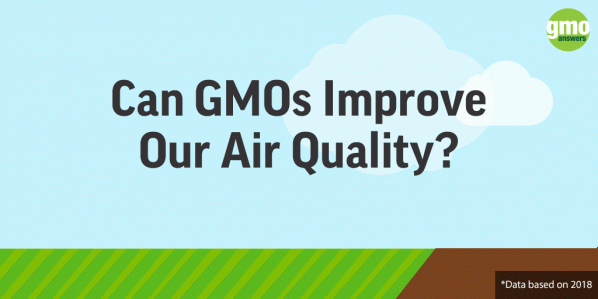Question
What about all the mass amounts of bees that are dying now. What is the story on this? Monsantos pesticides are being blamed for this. They've apparently increased the strength on some of these pesticides.
Submitted by: joanne aubertin
Answer
Expert response from Chris Sansone
Global Regulatory Affairs Manager – Insect Resistance Management (Americas), BASF
Friday, 25/04/2014 14:00
Without modern crop protection practices, nearly 50 percent of the harvest would be lost to insects, diseases, weeds and fungus (Oerke, 2006). The end result would be that more land would be required to feed a growing population. Producers use different strategies to provide an adequate food supply, including the use of pesticides when necessary. Producers are also very conscious of the environment and take steps to reduce the impact of their farming practices. For example, modern seed treatments actually reduce the amount of insecticide in the environment. Spraying a field with an insecticide applied to the leaves will cover 100 percent of a field, but less than 1 percent of a field is treated using seed treatments. The agricultural industry conducts in-depth research into the characteristics of crop protection products from an early stage to ensure they have minimal effects on the environment and beneficial species, like the honey bee. Very stringent regulatory safeguards are in place to ensure that no products or genetically modified crops posing an unacceptable risk to plant or animal life are allowed on the market. For an excellent discussion of pesticides and honey bees, see this summary.
To see a previous response to a similar question regarding bees and GMOs, please go here:
How Do GMOs Benefit The Environment?



